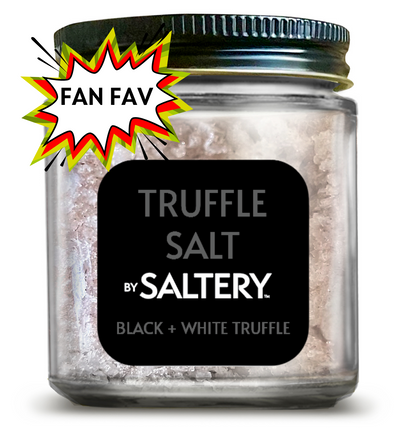Saltworks in Duxbury: A Rich Snapshot from our Town Historian
The waters of Duxbury Bay ebb and flow each day alongside the waters of Plymouth Bay (of Pilgrim fame), so the history of our saltmaking tradition is rooted deeply in the beginnings of our nation.
To delve deeper into the incredible history of saltworks in our area, we are honored to share a snap shot written for us by Tony Kelso, Duxbury Rural and Historical Society's Town Historian. Learn about this invigorating history ~ past + present.
Saltworks History
Saltmaking and saltworks have a long and storied history in Duxbury. They are closely tied to the industries of fishing and shipbuilding that were vital here for so many years.
A bit of background first from William Bradford, who wrote about saltmaking attempts in Of Plimoth Plantation:
The Plymouth Colonists had an important need for salt as soon as they arrived. Their salt came from England for a time. But they needed salt to cure the fish that they caught not just for their own food but as a means of paying off their investors and debts back in England.
Unfortunately they had bad luck with early salt making. A salt maker was sent to Plymouth who was described as skilled in his art. But the colonists quickly realized that he did not know the “art and mystery” of the skill when he used a lot of their labor but burnt down the salt house and ruined the salt pans and blamed others for not giving him enough clay to line the pans. These first salt making attempts were at Cape Anne and at the Kennec where Plymouth had fishing stations. But small scale salt making was clearly taking place in Plymouth and Duxbury as well, for the settlers and their needs.
Duxbury Beach was first known as “Salt-house Beach” and later “Salter's Beach,” indicating early salt works and “salt pans.” This took place at Gurnet Creek where there were fishing stages — low racks for drying and curing fish. As early as 1622-24, there were simple saltmaking places at Duxbury Beach.
Early on, Duxbury families depended upon fishing, and these fish needed to be preserved in order to be sold and shipped. Early saltworks pre-1750 were in the Bay Road area in places like Island Creek, Wadsworth/Torrey’s Creek, and off of today's Bay Pond Road at Powder Point.
Henry Fish, a Duxbury historian who talked firsthand to many who were alive during Duxbury’s glory days of ship building, wrote a short chapter about saltworks in Duxbury. He wrote that saltmaking was done in small ways all along the shore but as fishing and the Grand Banks fishing began to thrive around the time of the American Revolution, salt making became even more important. He wrote that salt making in Duxbury took off around 1800 as a local industry, especially after Jefferson imposed the Embargo Act and imported salt could not be obtained from overseas.
Every creek that emptied into Duxbury Bay boasted a saltworks, tied to the fishing and shipbuilding industries, and supported the livelihoods of the Wadsworth, Winsor, Soule, Drew, Sampson and Weston families.
To make salt, Duxbury saltmakers often used dikes and tide gates to control the flow of salt water for the saltmaking. Then a windmill was used to pump the salt water into a series of vats or pans. These were low tiered pans that could flow into each other as the salt water was heated or boiled. Heat was very important component and ample wood was needed from Duxbury woodlots. Hot, sunny, and dry weather was a boost so salt-making was often done in the summer.
Duxbury saltworks generally used what was called “the Crane Method,” which in addition to the tiered pans, involved an ingenious series of hooded covers on a swivel track. These were swung into place and lowered to protect the saltmaking from pop up rain showers and bad weather. Boys were often employed by the saltworks to watch for weather and swing the cranes into place in case of a sudden change. It was said that it took 360 gallons of seawater to produce a bushel of sea salt. There were also salt “houses” built nearby: larger buildings where the salt was cured and packed.
There are several reminiscences by Duxbury residents about how the numerous saltworks resembled tidy miniature villages with their peaked “roofs” and lines of low slung vats and small chimneys. As Duxbury’s shipbuilding stagnated after 1840, so did the saltmaking industry. Fishing continued to sustain Duxbury families after 1840, but salt was becoming more widely available from Europe and railroads were a quicker way of shipping it.
On a melancholy note, Henry Fish wrote that saltworks, once so vital, has now passed into “oblivion." Yet some Duxbury barns and outbuildings bear witness that they once served as salt houses or have boards that show visible salt marks indicating that they were once used in this long tradition of saltmaking in Duxbury.
____________
Well, there is no need for melancholy any longer! Saltmaking may have waned after 1840, thankfully Saltery has revived this important trade.



